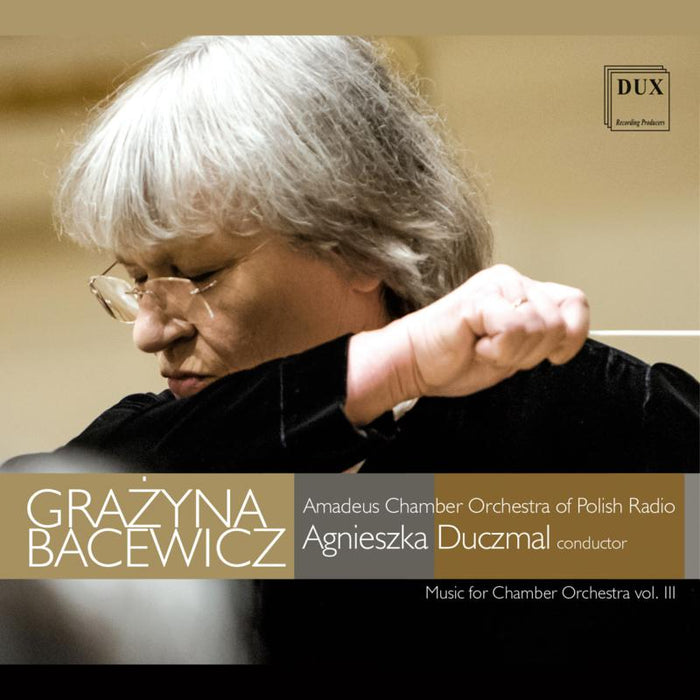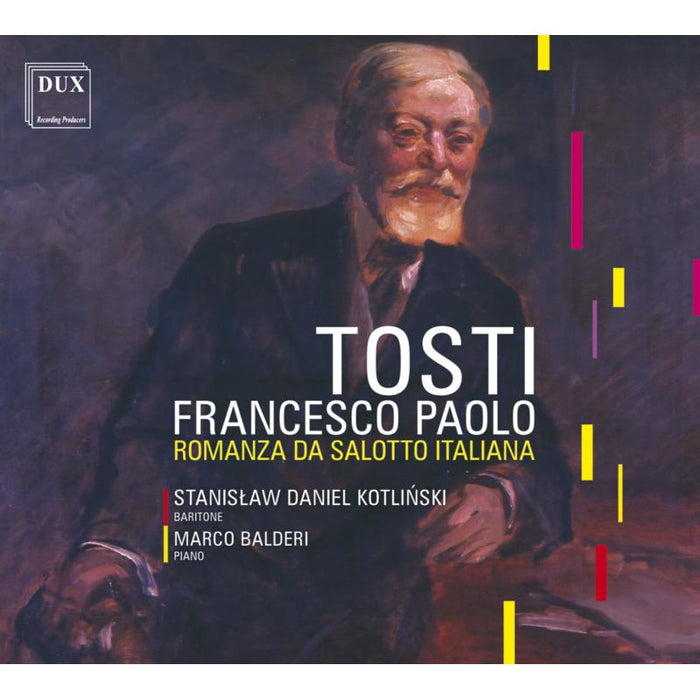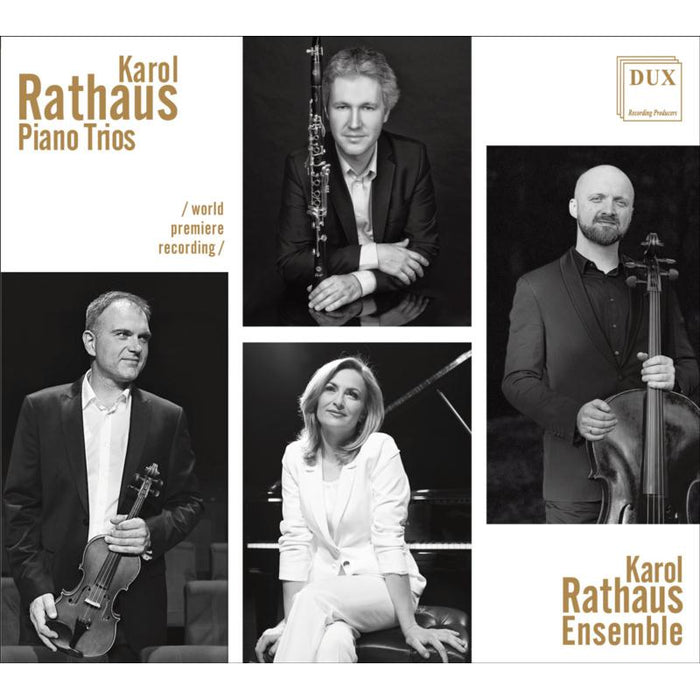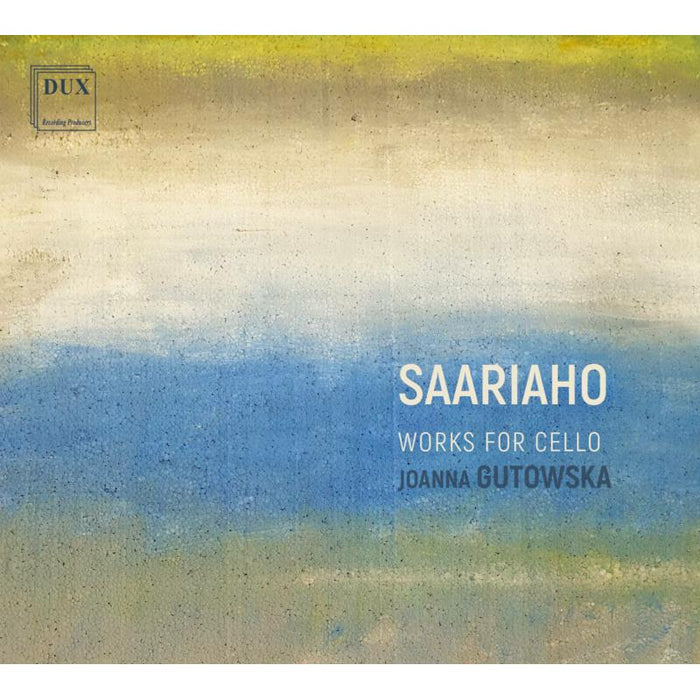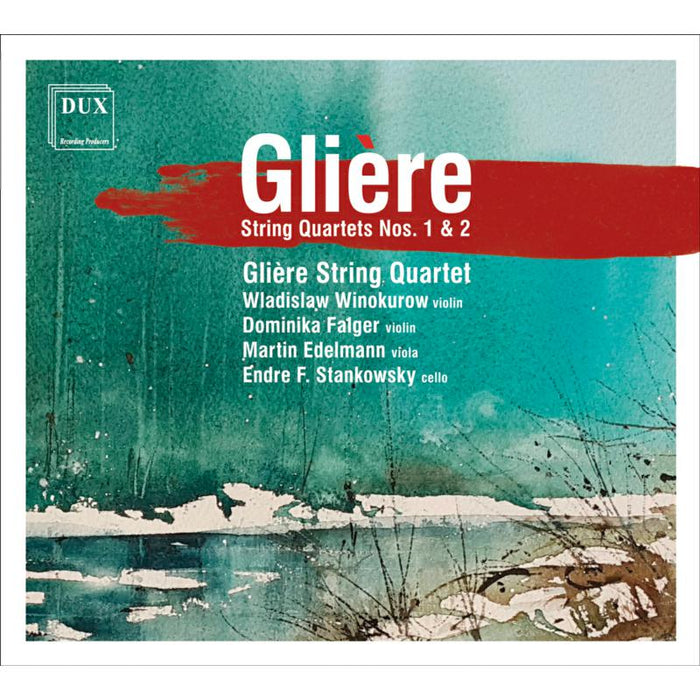Description
According to a traditional adage, when a phenomenon, trend, or style becomes popular, 'it has hit thatched houses.' In the case of Fryderyk Chopin's Mazurkas, however, the opposite was true – it was the folk music that found its way to the salons from thatched houses.
The most famous Polish pianist experienced this kind of music during the holidays he would spend at his friends' country estates, participating in various rites, harvest festivals, or singing and dancing evenings in taverns. Sprightly mazurkas, sorrowful kujawiaks, and brisk obereks from the Mazovia and Kujawy regions became the inspiration for sophisticated stylizations created throughout Chopin's life and entered the canon of the world piano repertoire.
Less than a century later, Karol Szymanowski, the precursor of the Polish musical avant-garde, engaged in a dialogue with the folk tradition, as a result of which, in 1924–26, he composed his own mazurkas, so different from Chopin's. From thatched houses to salons, concert halls, and recording studios – we would like to introduce you to another link in the chain of Polish folk music interpretation.



